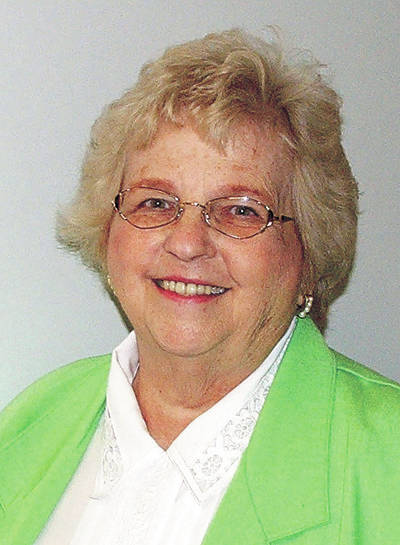
Paul Hawkins was an ambitious man who had a dream. The year was 1914 and some folks had been manufacturing the new-fangled type of transportation known as a motor car. He was convinced he could make a lot of money for himself and any investors he could persuade to join him in making cars.
In February 1914, he met with a group of men at the Xenia Grain Company to pursue his dream. He told the group he would have to raise $10,000 in subscriptions in order to get the business started. H. L. Sayre, T. H. Zell and Howard Little took no time in coming up with the necessary funding. They were convinced, having seen a prototype made by Hawkins, that the car would be even more economical than a motorcycle.
He proposed building a narrow gauge auto complete with a deluxe two cycle, air cooled engine. The car was about 40 inches wide and eight feet long.
The Hawkins Cyclecar Co. was quickly incorporated with a starting sum of $50,000. The charter mentioned the three original investors along with D. W. Cosley and of course Paul Hawkins.
A new vehicle certainly needed a name, so originally it was called the Hawk. Investors were receptive to receiving suggestions of other names and so about 300 people responded with ideas. The investors choose the name Xenia in honor of the city where the vehicles would be produced.
Although it was reported that similar small autos were being used in Europe, they mostly had only three wheels. The new Xenia auto would be powered by a DeLuxe twin cylinder motor. It would be capable of attaining a speed of 60 miles per hour and could run eleven hours with gas consumption estimated at two cents per mile. Of course, the roads were not good at that time, and I have no doubt that 60 miles per hour would not have been advisable or even desired for driver or passenger.
However, the small car which weighed about 550 pounds had an attractive price of only $385, while other cars at that time averaged about $1,000. The tires were sturdy and well-priced at $35 per tire, which compared to other vehicles at that time was very reasonable. Tires on other cars could run as much as three or four times that price. It was stated that the tires on the Xenia could outlast those of a standard vehicle by as much as 7,000 miles.
The corporation was off and running with newly elected officers. George Little was president, John Prugh, vice President, Arthur Perill was secretary and Howard Little, treasurer.
A building at the corner of Whiteman and Church streets was leased and the car went into production. In the intervening years, that particular building would prove to be an excellent location for several different automobile dealerships.
A West coast distributor signed on with an order for two of the vehicles to be sent to New York. He and a mechanic would then drive them to the West coast where he hoped to sell a great many of the small cars.
At that time, there were no “productions lines” as one will find today. Each car was manufactured one by one, but there were about 25 cars in production when John Baldner and Arthur Marshall drove one to Columbus where Baldner participated in a race designed for cycle cars. He won first place on the five-mile race, defeating one car made in Detroit and another from Illinois. The Xenia was entered into three other races, finishing second, third and fourth, defeated by a car made in Milwaukee, but the car had proven its worth. Investors were very happy with the outcome of this venture.
Having proved that the car had potential, the driver and mechanic brought the Xenia back home, with this victory the car was even more desirable to potential buyers.
On September 10, 1914, Fred Baldner and Leopold Steinfels were driving one of the Xenia cars when they were arrested for speeding in Dayton. The car was moving at the very fast rate of 25 miles per hour and the pair was fined one dollar for each mile over the speed limit.
It seemed that this would be the car of the future. There was so much potential, the car was economical and attractive, but as was the case with many such vehicles of that era, the company failed.
What had started with such enthusiasm in the early part of 1914 was nearly a memory only a year later. The shareholders of the Hawkins Cycle Car Company filed dissolution papers on November 14, 1914, just months after the corporation has been founded with such high hopes.
About 25 cars were manufactured during the brief time the company was in business. One survives at the museum of Dayton History. It was restored several years ago by a group of Greene County residents who painstakingly restored and even manufactured many of the parts necessary to bring the car back to its original condition.
There were others who attempted to design cars here including the Hinkle Manufacturing Company in 1915 designed to manufacture and market an invention of D. G. Powers who was a well-known and respected blacksmith. The company hoped to produce a vehicle wheel designed by Powers, but this too faded quickly.
Had Paul Hawkins and his investors succeeded, Xenia might have become the leading manufacturers of automobiles in the country.


